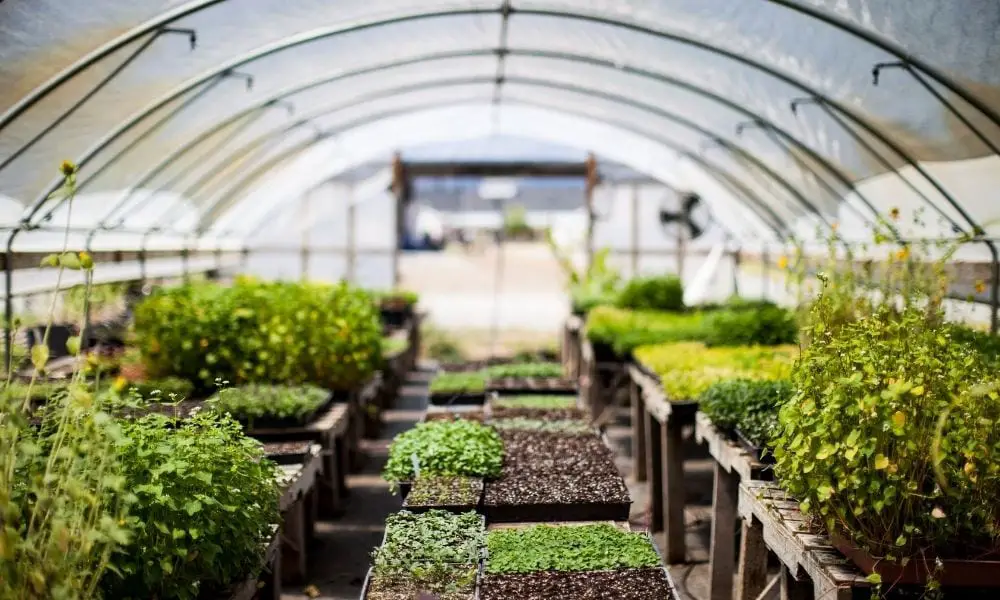

No matter what you grow or your reasons for growing, there is always a way to improve upon your methods and greenhouse to improve the growth and quality of your plants. Consider these tips to make your greenhouse more efficient and see what works best for your needs.
Timers on your lights and temperature controls will help you run a tight ship and minimize the amount of energy wasted. The only thing you would need to do is keep a close eye on the controls to make sure the timers and functions don’t stray from your specific instructions. Having your greenhouse programmed to account for every season is one of the best ways to be as energy-efficient as possible. It also helps account for fluctuating temperatures if your greenhouse can automatically adjust itself.
Much like animals, plants need to be properly fed with adequate nutrients in order to grow strong and healthy. For this reason, swap out your standard brand nutrients for hydroponic nutrients. These nutrients will allow you to give every crop it needs to grow and provide a high-quality yield. Soil is crucial, so never skimp out on it; otherwise, you’ve wasted your time and effort.
To rely less on mechanical systems, passive solar building techniques help to naturally capture more light and heat. This is especially ideal for greenhouses located in Northern climates. As you’ll have to insulate the northern wall and the weather may often work against you, incorporating passive solar techniques into your greenhouse will ensure you take advantage of every scrap of sunlight.
Similarly, another good tip to make your greenhouse more efficient with energy is through the installation is energy curtains. These are ideal for medium or large greenhouse operations to help retain heat within the greenhouse during the winter season and increase efficiency in the summer by diffusing the light that enters and consistently retains the desired temperatures. It makes for a good substitute for insulation that can be moved or taken down as necessary so that you’re always ready to adapt to the weather.
Optimize your food processing facility by better understanding the critical ways gases can impact electrical…
Discover the best safety practices for restaurants, ranging from fire prevention to hygiene standards. Take…
Radon levels rise at higher elevations due to low air pressure and sealed homes. Learn…
There’s nothing worse than lighting a new candle and watching it sputter out, tunnel, or…
Discover how woven metal fabric transforms restaurant design with its versatility, from feature walls to…
Upgrading your workspace? Get inspired by design ideas for materials, lighting, and amenities, and tips…